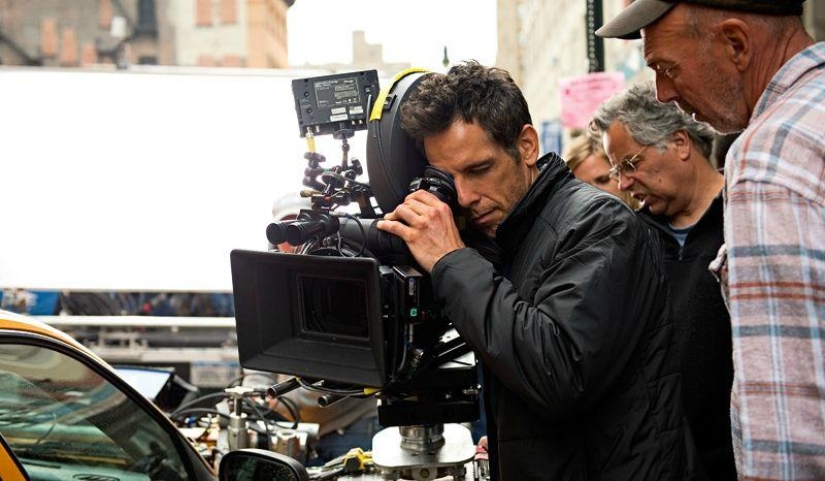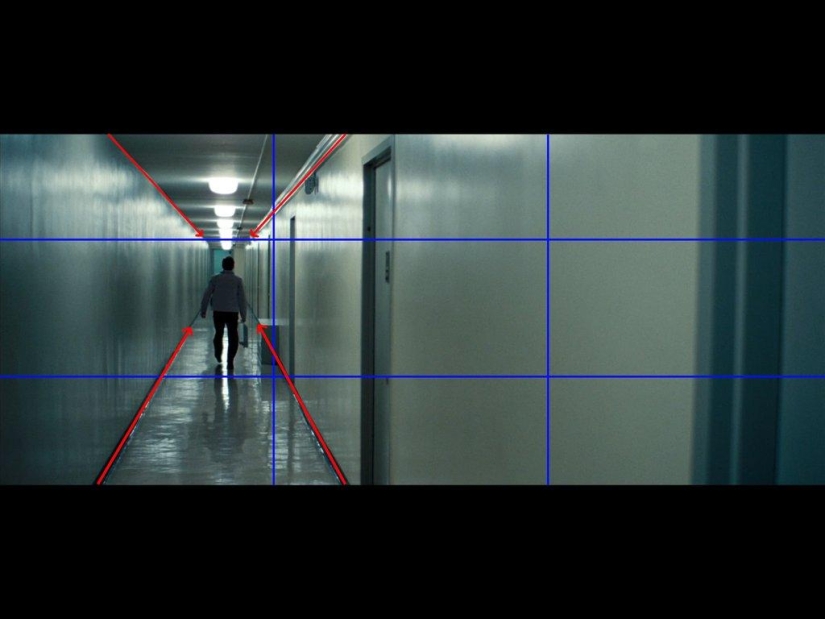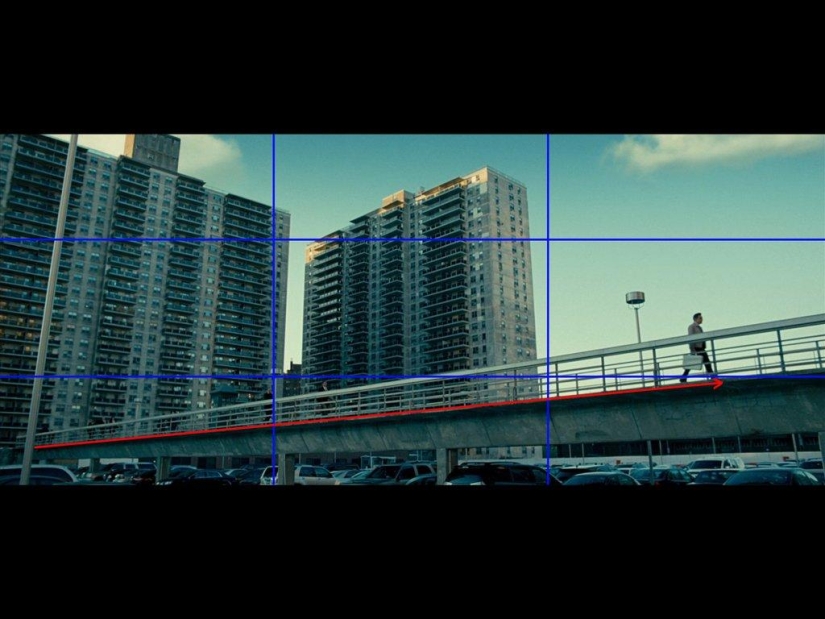Little secrets of big cinema: how operators achieve the desired effect
This little study was made based on the most impressive footage from the trailer for the movie "The Incredible Life of Walter Mitty". When constructing them, factors such as lighting, camera direction, color gamut, depth of field of the spatial image, and lens selection were taken into account.

Those who have ever been interested in photography, probably know about the existence of the so-called "rule of thirds" (or the rule of the golden ratio).
For the rest, let's explain: the frame is divided into three equal parts horizontally and three more vertically. At the intersection of these lines, four points are formed, which professionals call "attention nodes". The human brain is so designed that it is more comfortable for us to see the main object of a photo or movie frame at one of these points-and not at all in the middle, as an amateur might think.

It was following the "rule of thirds" that managed to give this frame a sense of balance. In addition, the effect is enhanced by the lines of a long corridor that tend to one point (marked with red arrows), which also direct the viewer's attention to the character.

Two large buildings occupying two-thirds of the frame on the left and the open sky in the third on the right give an amazing sense of balance. As a result, all the viewer's attention is focused on the tiny figure of Ben Stiller. This is also facilitated by the diagonal that the bridge forms (marked with a red arrow)
In this frame, the rule of thirds is used repeatedly. The square on the left (marked in red) and the shadow on the water divides it exactly in half.
The atmosphere of this frame is created with the help of lighting from behind, so that the silhouettes of the characters look especially expressive. An important touch is the dust clouds illuminated by the warm rays of the setting sun. Note that the sun itself is located very close to one of the "attention nodes".
The figure of Ben Stiller is shifted to the right, behind him-the open sky and the actor's head falls into one of the"nodes of attention". If the camera had been positioned differently and the mountains were behind the actor, then such an impressive contrast would not have arisen and the viewer would have taken longer to determine what to focus on here.
If several objects (or groups of objects) appear in the frame that are worthy of the viewer's attention, then their number should be odd – so the viewer is more comfortable. An odd number creates a greater sense of balance than, say, if there were only two of these objects.
The horizon line is shifted up, because the lower part here is more interesting than the sky and thus it is possible to create a sense of isolation of the three heroes.
Keywords: Cinema | Success | Photography school | Secret
